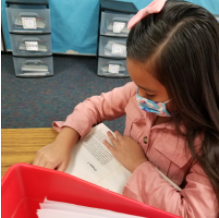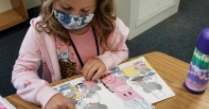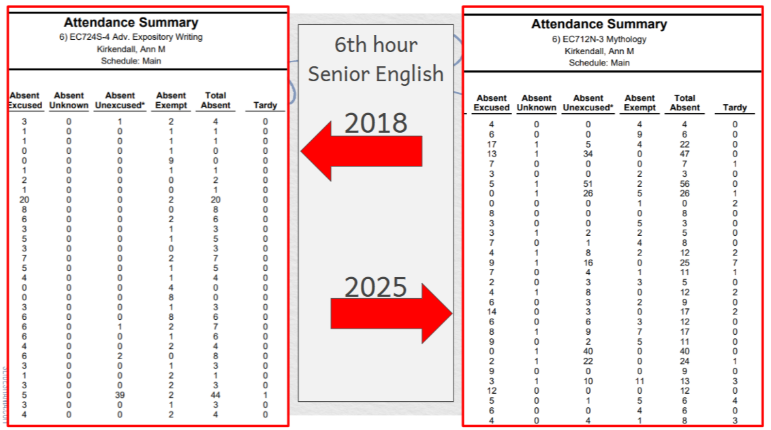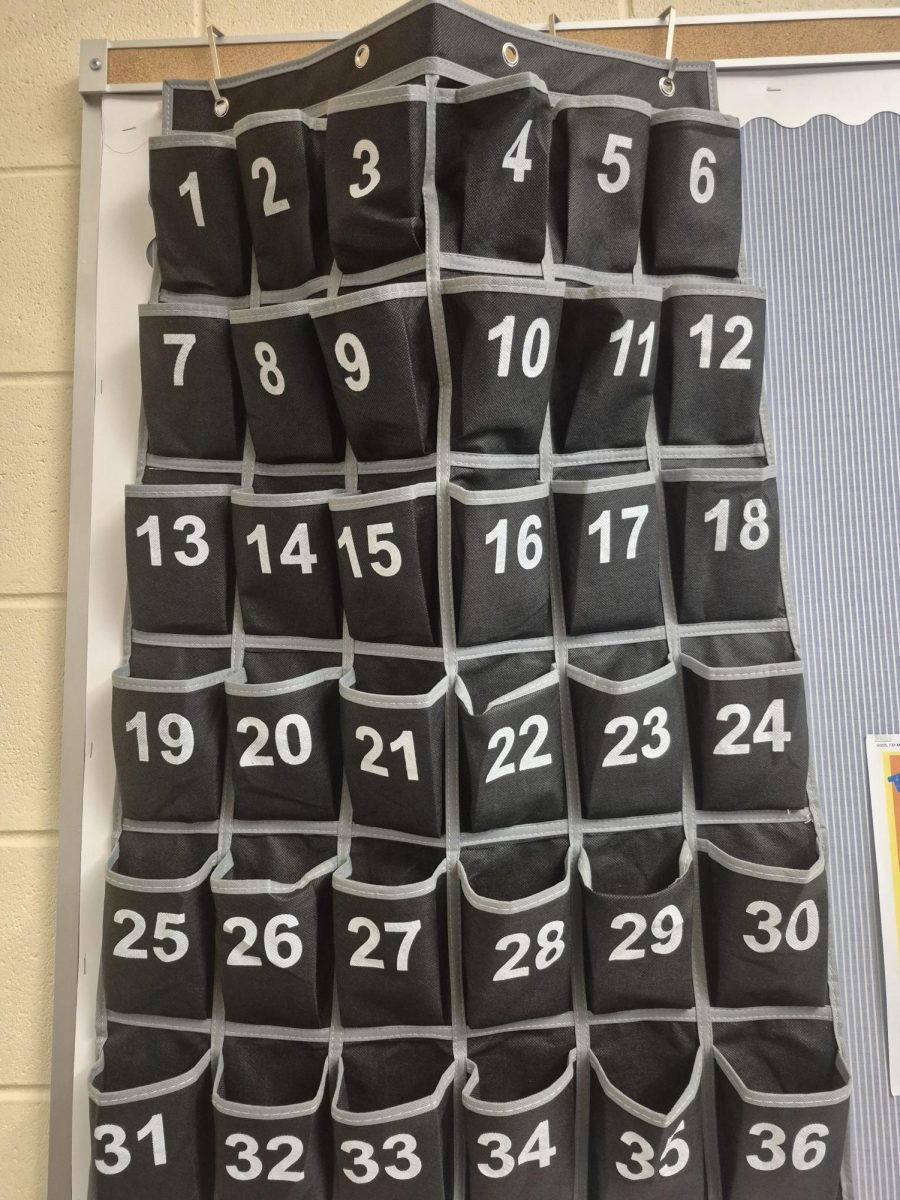Wake up, get ready, go to school, learn, come home, do homework, go to bed. But what happens when all the routines like waking up to an alarm blaring in your ear, or the unwanted homework after school, are thrown out the window?
Students’ lives were turned upside down, staying inside for weeks at a time, talking to family through video calls, and most impactful, the switch from in-person learning to remote learning.
For over 3 months West Ottawa students had to learn virtually, parents of students attempting to juggle their own jobs and helping their children with remote learning. Many students are again working virtually this semester.
This was a challenge for parents of all grade levels, while parents of younger kids grades pre-k through 5th grade seemed to struggle the most.
Although some parents were essential workers and weren’t able to do their job remotely, many others had the ability to work from home.
Quarantine challenges were unlike any other. Cassie Bradley, a 3rd-grade teacher at Woodside Elementary and mom of three kids ages 8, 7, and 1 explained how she handled the spring quarantine. “It was a little difficult when I would be maybe trying to watch videos or helping my kindergartener especially, and then have distractions on my phone of getting messages from parents because I wanted to respond to them quickly.”
Bradley had to keep her children focused on their schoolwork while trying not to get distracted by the constant demands of teaching remotely.
Bradley, a teacher, knows how much work elementary teachers put into their lesson plans. She has a lot of respect for all of the teachers that created the material for remote learning. She also knows the struggle of teaching your own kids while all they want to do is go play outside with their friends. She concluded that “They [her children] are more willing to do work for somebody else.”
Tom Zdun, an insurance agent and father of three kids ages 12, 10, and 6, thought that the hardest part of quarantine learning was “…having all the kids’ meetings during the day, with Jackson being in preschool he had a meeting that he didn’t want to go to, trying to talk him into it and trying to do my job.” At Jackson’s preschool, they did not get personal electronics to take home for remote learning, so Zdun had to put aside his work to let his child use his work laptop.
A daily struggle Zdun faced while in lockdown was “him [preschooler] not understanding that this is different, this is actual schoolwork, this isn’t a fun time.”
The difference between remote learning and free time was not always clear to younger kids, who often think that whenever they are home it is an automatic fun time. Teachers had never done remote learning, and the daily lessons and materials were not planned perfectly. Their lessons did not always require younger students to be fully involved and engaged, causing them to lose focus.
The biggest challenge? Pam Schwallier, mother of two and an English Learner Consultant, pointed out that their biggest hurdle was “[How] unexpected it was to have the kids home so suddenly so we couldn’t prepare ahead of time to find daycare, …so luckily Pete [husband] could also stay home during the quarantine.”
Schwallier was very busy since her work did not stop, “My job became much more demanding and to couple that with kids needing my attention so much more, there were moments of ‘we can’t do it all for everyone,’” she said.
Even for two educators, remote learning put them to the test. “There were moments when we gave up,” Schwallier said. A lot of West Ottawa families had more than one student participating in remote learning in the spring, creating a more chaotic environment for parents.
“We tried to balance his workload with my workload, and then watching the kids but also teaching the kids,” Schwallier said.
At first, parents thought that their kids were going to be able to do all of their work independently and they could easily continue their jobs remotely, but that was not the case.
In school, some teachers had not used technology enough to let the students learn how to navigate through their devices. The teachers are not at fault, they had no idea that they would be teaching virtually for over 3 months. Students did not have enough experience with the use of technology and struggled with their technology while trying to learn, causing a headache for parents getting asked constantly “What do I do?”
Schwallier said, “Landon in second grade had tons of work coming in and it was all very well done. [But] he didn’t know how to click on things or where to find things and didn’t have the stamina to be able to go through it.”
The issue of stamina was widely faced as the young students tried to stay focused on a computer screen for hours a day. When a child is learning and developing at their young age, visual and personal connections truly help children understand school in the long run. The continuous work from home with no personal connection created obstacles. “We definitely fell behind with his own work,” Schwallier said.
For older students who only see their teachers for 1-2 hours a day, the personal connection does not grow as strongly. But in elementary school students depend on their teacher almost as a third parent.
So when there is no more face to face learning, students tend to have a hard time staying focused without all the fun parts of school drawing them in.
Schwallier decided that “It was really eye-opening for the community as a whole to see just how hard they [teachers] worked but not only that, their dedication and flexibility.” Teachers try to develop a good connection as soon as possible because connections are known to help students learn. But last spring was like no other, students and teachers were losing their connections, but many teachers overcame that complication and found new ways to do their very important job to their fullest. 
COVID-19 gave everyone a run for their money, but this time spent learning from home has shown that students do their best learning in person. They listen better to people that are not their parents and develop relationships with their teachers. While parents struggle to find a balance between work and remote learning, they started to understand that there is no replacement for classroom learning.













